Will law enforcement administer CPR if they arrive before EMS?
- Apr 26, 2021

Will law enforcement administer CPR if they arrive before EMS?
For many medical or trauma-related emergencies like accidents, overdoses, shootings, and 911 emergency calls, law enforcement officers are first on the scene. But will they administer CPR before EMS arrive? The answer is a little complicated.
Because police officers are on roving, decentralized patrol around-the-clock they’re often able to respond to calls more quickly than firefighters or other EMTs. And, unlike firefighters or EMT teams, law enforcement officers can leave non-emergency to respond to more pressing situations.
Performing CPR and defibrillation with an AED within the first 3-5 minutes can dramatically increase survival odds, it makes sense for law enforcement officers to administer CPR and arrive on the scene with an automated external defibrillator (AED).
Each year, more than 350,000 Americans experience an out-of-hospital cardiac arrest (OHCA) and only 41% receive bystander CPR. Equipping law enforcement vehicles with automated external defibrillators and ensuring that officers are trained in CPR and AED use allows lifesaving interventions to be delivered as quickly as possible.
However, this isn’t always the case. The answer to “will law enforcement officers administer CPR if they arrive before EMS” is: it depends on the department’s policy.
Is it hard to train law enforcement officers to perform hands-only CPR?
Not at all! Hands-only CPR — also known as compression-only CPR — is easy to learn and highly effective.
“Despite being positioned to make an impact on emergency cardiac survival rates, law enforcement remains an under-utilized component of the chain of survival. Police officers trained to deliver high-quality cardiocerebral resuscitation [hands-only CPR] can not only be the difference between life and death but also determine good brain outcomes post-incident” (Police1.com).
Will equipped police vehicles with AEDs help improve cardiac arrest survival rates?
Absolutely. Cardiac arrest victims who received a shock from a publicly-available AED that was administered by a bystander (or, in this scenario, a police officer) had 2.62 times higher odds of survival to hospital discharge than those who did not receive a shock (EHS Today).
“Law enforcement officers are often the first public service providers to arrive at the scene of an emergency. The research in support of AEDs, naloxone, and bleeding control methods supports the training of officers to provide immediate and life-saving care for patients experiencing cardiac arrest, overdose, and traumatic injury” (Boundtree.com).
You wouldn’t send your officers into the field without the training and equipment they need to respond to an active shooter call. If your department isn’t CPR/AED trained and your fleet isn’t equipped with a first responder AED package, now’s the time.
Cardio Partners offers CPR/AED/first aid training courses in all 50 states. To learn more about our traditional or blended courses, call us at 800-544-0004 or email Cardio Partners at customerservice@cardiopartners.com.
DISCLAIMER: Information and resources found on the aed.com website and blog are intended to educate, inform, and motivate readers to make their health and wellness decisions after consulting with their healthcare provider. The authors are not healthcare providers. NO information on this site should be used to diagnose, treat, prevent, or cure any disease or condition.
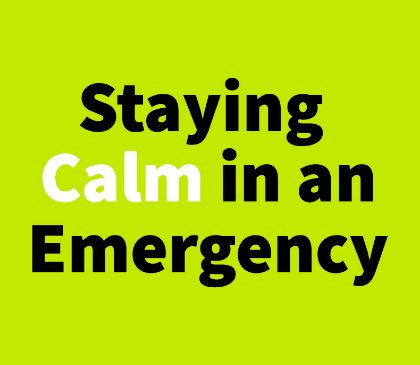




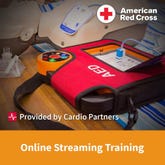
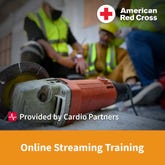
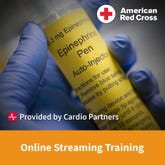
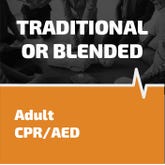
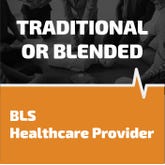
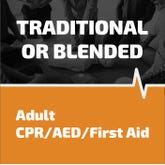

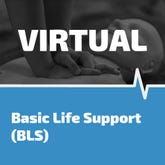
 CALL US:
CALL US: